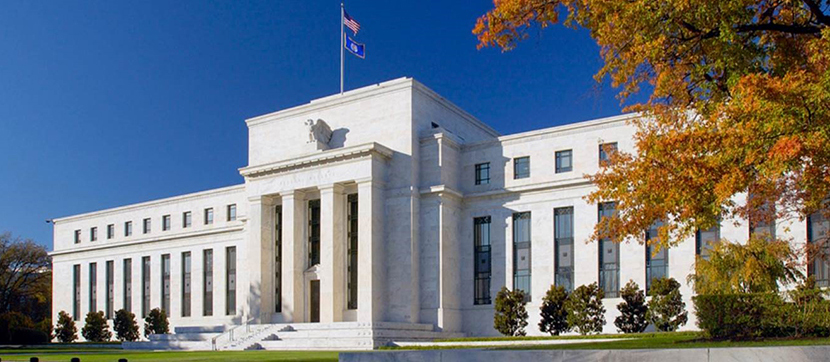
FOMC Holds Rates Steady

The Federal Open Market Committee held interest rates steady yesterday–as many forecasters had predicted.
“The news from this meeting came from the FOMC’s projections regarding the direction of the economy,” MBA SVP and Chief Economist Mike Fratantoni said. “As noted in its statement, while inflation has eased, it remains ‘elevated,’ so policy must remain restrictive for now to bring inflation down further.”
Fratantoni said the FOMC projections show a faster pace of rate cuts in 2024. “While the projections don’t show much of a change in the committee’s expectations regarding economic growth or the job market, they do recognize the faster pace at which inflation has declined in 2023 and see further slowing back to the 2 percent target,” he said.
Michele Raneri, vice president of U.S. research and consulting at TransUnion, Chicago, called the Fed’s decision a sign it is one step closer to an eventual reduction in interest rates. “A reduction in interest rates could not only help in stimulating the mortgage origination market, but could also provide an opportunity for millions of consumers who have recently taken on high interest mortgages to refinance and see significant impacts to their monthly budgets,” she said.
Last month TransUnion reported mortgage originations are down nearly 37% year-over-year, from 1.9 million in Q2 2022 to 1.2 million in Q2 2023. “While this plateauing of interest rates may be enough to motivate some consumers who have been holding off to engage in the mortgage market, many may continue to wait until the Fed ultimately reduces interest rates,” Raneri said.
Fratantoni noted additional rate hikes no longer appear to be part of the conversation. “It is all about the pace of cuts from here,” he said. “This is good news for the housing and mortgage markets. We expect that this path for monetary policy should support further declines in mortgage rates, just in time for the spring housing market. We are forecasting modest growth in new and existing home sales in 2024, supporting growth in purchase originations, following an extraordinarily slow 2023.”
The full FOMC statement:
Recent indicators suggest that growth of economic activity has slowed from its strong pace in the third quarter. Job gains have moderated since earlier in the year but remain strong, and the unemployment rate has remained low. Inflation has eased over the past year but remains elevated.
The U.S. banking system is sound and resilient. Tighter financial and credit conditions for households and businesses are likely to weigh on economic activity, hiring, and inflation. The extent of these effects remains uncertain. The Committee remains highly attentive to inflation risks.
The Committee seeks to achieve maximum employment and inflation at the rate of 2 percent over the longer run. In support of these goals, the Committee decided to maintain the target range for the federal funds rate at 5-1/4 to 5-1/2 percent. The Committee will continue to assess additional information and its implications for monetary policy. In determining the extent of any additional policy firming that may be appropriate to return inflation to 2 percent over time, the Committee will take into account the cumulative tightening of monetary policy, the lags with which monetary policy affects economic activity and inflation, and economic and financial developments. In addition, the Committee will continue reducing its holdings of Treasury securities and agency debt and agency mortgage-backed securities, as described in its previously announced plans. The Committee is strongly committed to returning inflation to its 2 percent objective.
In assessing the appropriate stance of monetary policy, the Committee will continue to monitor the implications of incoming information for the economic outlook. The Committee would be prepared to adjust the stance of monetary policy as appropriate if risks emerge that could impede the attainment of the Committee’s goals. The Committee’s assessments will take into account a wide range of information, including readings on labor market conditions, inflation pressures and inflation expectations, and financial and international developments.
Voting for the monetary policy action were Jerome H. Powell, Chair; John C. Williams, Vice Chair; Michael S. Barr; Michelle W. Bowman; Lisa D. Cook; Austan D. Goolsbee; Patrick Harker; Philip N. Jefferson; Neel Kashkari; Adriana D. Kugler; Lorie K. Logan; and Christopher J. Waller.
